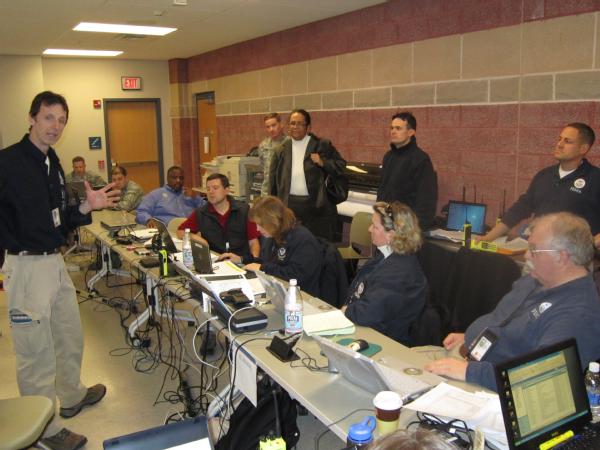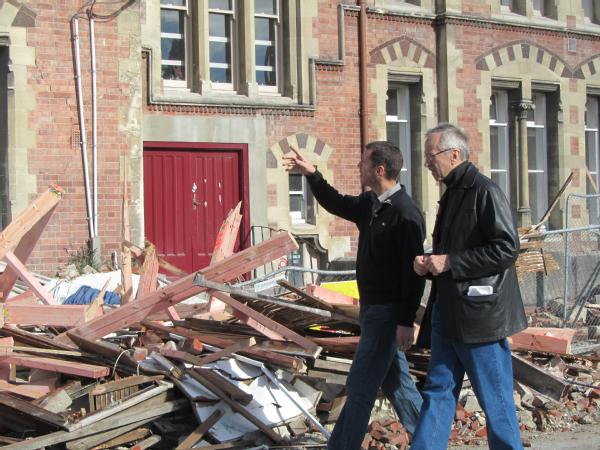What We're Watching: 2/25/11
Posted by: Public Affairs
Severe weather outlook
Looking ahead to the weekend and the next few days, the National Weather Service is forecasting another round of severe weather for much of the U.S. Much of the Pacific Northwest, along with parts of the Northeast, are expected to experience rain, freezing rain, or snow (depending on elevation). For those in the California and Arizona, predictions call for colder temperatures than normal. And a common occurrence for this time of the year, parts of the Midwest should be prepared for increased risk of flooding.
Get your latest local forecast at www.weather.gov and make sure you’re taking steps to get prepared for any severe weather that could come your way.
Christchurch, New Zealand earthquake
We had several blog posts this week about the U.S. Agency for International Development (USAID) leading the U.S. effort to support the response and recovery to the earthquake in Christchurch, New Zealand. In case you missed any of them, here’s a quick recap:
- Photos from New Zealand
- News of the Day: Tim Manning in New Zealand
- U.S. Urban Search and Rescue Team Deploying to New Zealand
- Statement from Administrator Fugate on the earthquake
Children in disasters
Also related to the Christchurch earthquake, we wanted to share this op-ed from Mark Shriver, Chair of the National Commission on Children and Disasters, on the Huffington Post website. Mark points out (and we whole-heartedly agree) that emergency planning must consider the most vulnerable among us, including people with disabilities, the elderly, and children.
We’re proud to partner with Mark, who chairs the National Commission on Children and Disaster and our many other partners who share this goal. Learn more about our Children’s Working Group, which is working to ensure that the needs of children are considered and integrated into all disaster planning, preparedness, response and recovery efforts initiated at the Federal level.




